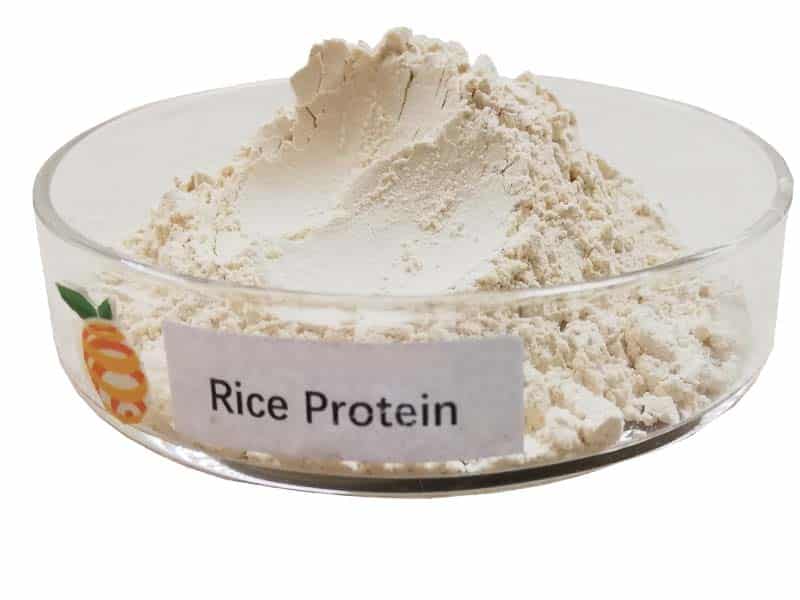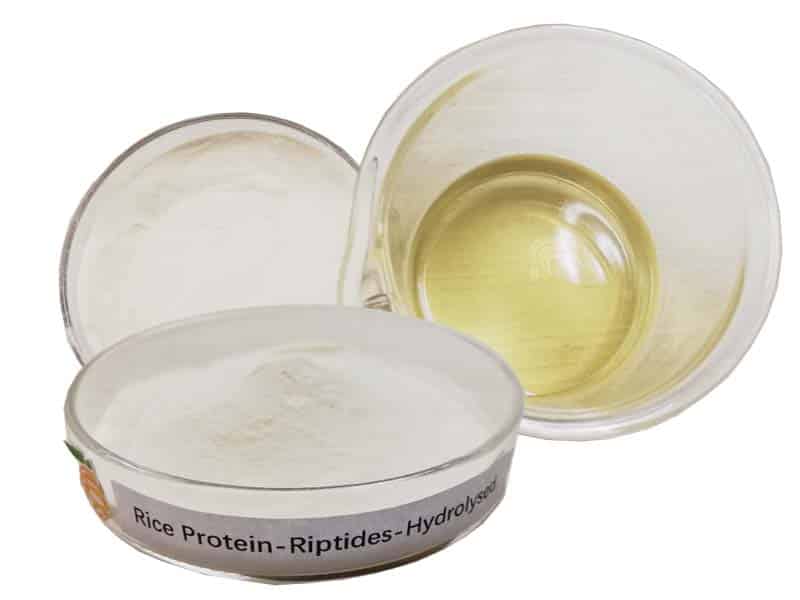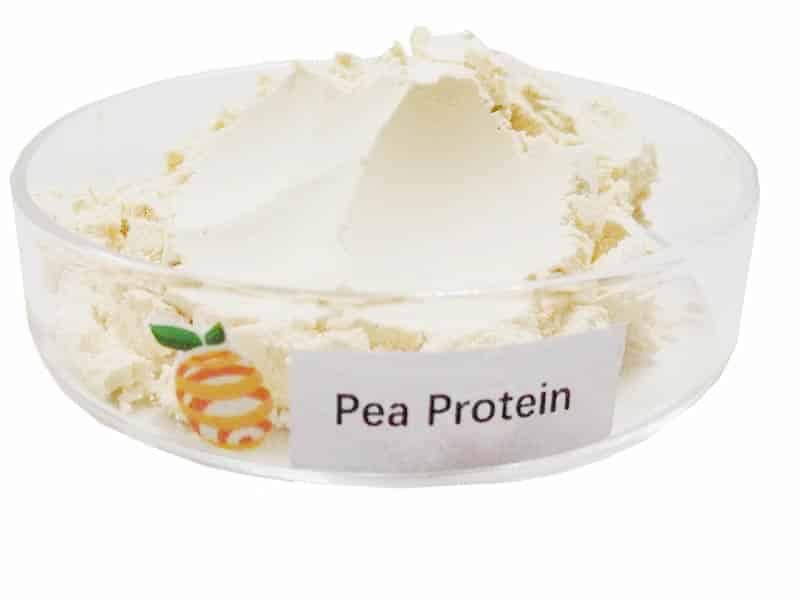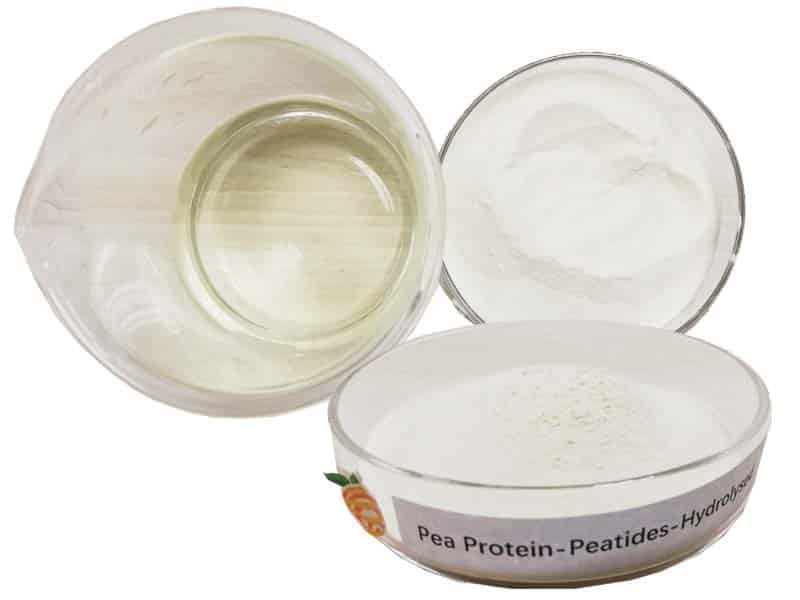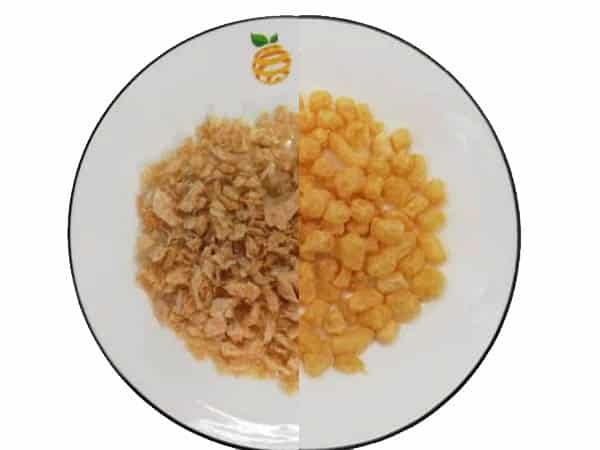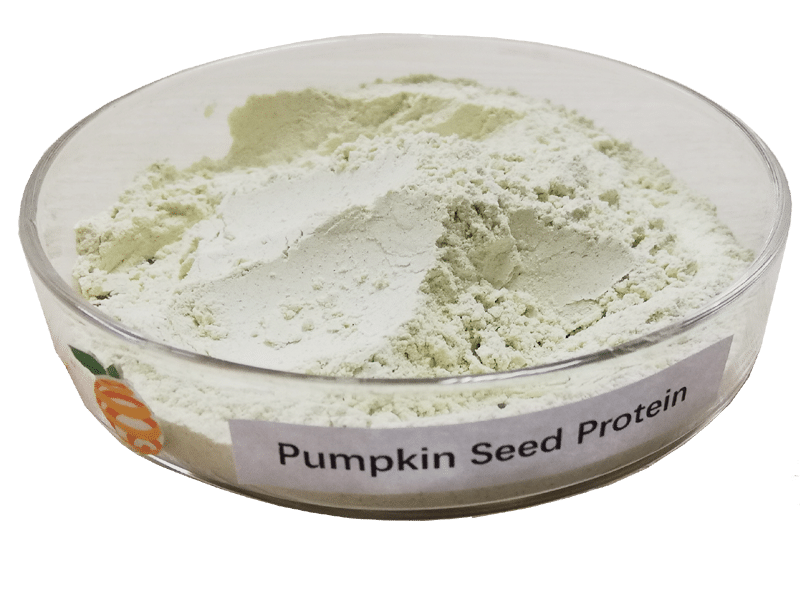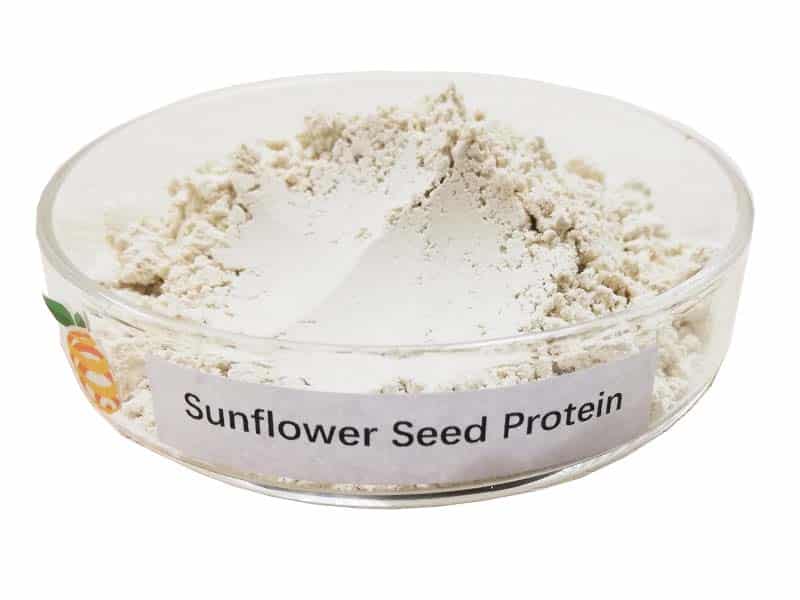When NAD+ Becomes NADH, What Happens?
-
Table of Contents
- NAD+ to NADH Conversion: Unveiling the Crucial Role in Cellular Metabolism
- Introduction to NAD+ and NADH
- The Biochemical Transformation from NAD+ to NADH
- Physiological Implications of NADH
- Role of NADH in Cellular Energy Production
- Impact on Aging and Disease
- Therapeutic Potential of NAD+ and NADH
- Conclusion: The Vital Role of NAD+ to NADH Conversion
- Explore ETprotein’s High-Quality Protein Products
NAD+ to NADH Conversion: Unveiling the Crucial Role in Cellular Metabolism
Introduction to NAD+ and NADH
Nicotinamide adenine dinucleotide (NAD+) is a coenzyme found in all living cells. It plays a critical role in metabolic processes, acting as an essential electron transporter in the energy production pathway. The conversion of NAD+ to its reduced form, NADH, is a pivotal reaction within cellular biochemistry, influencing various physiological functions including energy metabolism, cell aging, and repair mechanisms.
The Biochemical Transformation from NAD+ to NADH
Understanding the transformation of NAD+ to NADH is fundamental in biochemistry. This process involves the addition of electrons and hydrogen to NAD+, converting it into NADH. This reaction is typically facilitated by various dehydrogenase enzymes during metabolic processes such as glycolysis, the Krebs cycle, and oxidative phosphorylation.
- Glycolysis: In this pathway, glucose is broken down into pyruvate, producing ATP and converting NAD+ to NADH.
- Krebs Cycle: Also known as the citric acid cycle, it further utilizes the products of glycolysis to produce more NADH.
- Oxidative Phosphorylation: NADH produced in previous steps is used to generate a significant amount of ATP in the mitochondria.
Physiological Implications of NADH
The availability of NADH is crucial for the production of ATP, the energy currency of the cell. This relationship underscores the importance of NADH in energy metabolism. Moreover, NADH plays a significant role in the aging process, DNA repair, and regulation of cellular signaling pathways.
Role of NADH in Cellular Energy Production
The primary role of NADH in cellular metabolism is to serve as a shuttle for electrons. During oxidative phosphorylation, electrons from NADH are transferred to the electron transport chain in the mitochondria, a process that ultimately generates ATP. This section of metabolism highlights the direct link between NADH and cellular energy levels.
Impact on Aging and Disease
Research has shown that NAD+ levels decline with age, leading to a decrease in mitochondrial function and increased susceptibility to age-related diseases. Supplementing NAD+ or enhancing its production can potentially reverse these effects, thereby improving longevity and health. Diseases such as diabetes, heart disease, and neurodegenerative disorders have also been linked to reduced NAD+/NADH ratios.
Therapeutic Potential of NAD+ and NADH
The critical roles of NAD+ and NADH in cellular health have made them targets for therapeutic interventions. Increasing NAD+ levels through diet, lifestyle changes, or supplementation can enhance NADH production, thereby improving mitochondrial function and overall health.
- Dietary Interventions: Consuming foods rich in precursors to NAD+ like tryptophan and nicotinic acid.
- Lifestyle Modifications: Engaging in regular exercise and managing stress to naturally boost NAD+ levels.
- Supplementation: Using supplements like nicotinamide riboside or nicotinamide mononucleotide to increase NAD+ directly.
Conclusion: The Vital Role of NAD+ to NADH Conversion
The conversion of NAD+ to NADH is a cornerstone of cellular metabolism, impacting energy production, aging, and disease management. Understanding and manipulating this conversion can lead to significant health benefits and is a promising area of research in the quest for enhanced longevity and disease prevention.
Explore ETprotein’s High-Quality Protein Products
For those interested in optimizing health and cellular function, ETprotein offers a range of superior protein products that support overall wellness. Their extensive lineup includes organic and allergen-free options, ideal for enhancing dietary intake and supporting metabolic health.
ETprotein is NADH Factory Manufacturer and Supplier in China, Check further information by visiting the NADH Product Page
Request Quotation and Samples of NADH from ETprotein
About ETprotein
ETprotein, a reputable protein and elite nutrition ingredients NADH Chinese factory manufacturer and supplier, is renowned for producing, stocking, exporting, and delivering the highest quality organic bulk vegan proteins and elite nutritional ingredients NADH. They include Organic rice protein, clear rice protein, pea protein, clear pea protein, watermelon seed protein, pumpkin seed protein, sunflower seed protein, mung bean protein, peanut protein. Their offerings, characterized by a neutral taste, non-GMO, allergen-free attributes, cater to a diverse range of industries. They serve nutraceutical, pharmaceutical, cosmeceutical, veterinary, as well as food and beverage finished product distributors, traders, and manufacturers across Europe, USA, Canada, Australia, Thailand, Japan, Korea, Brazil, and Chile, among others.
ETprotein specialization includes exporting and delivering tailor-made protein powder and finished nutritional supplements. Their extensive product range covers sectors like Food and Beverage, Sports Nutrition, Weight Management, Dietary Supplements, Health and Wellness Products, and Infant Formula, ensuring comprehensive solutions to meet all your protein needs.
As a trusted company by leading global food and beverage brands and Fortune 500 companies, ETprotein reinforces China’s reputation in the global arena. For more information or to sample their products, please contact them and email sales(at)ETprotein.com today.

